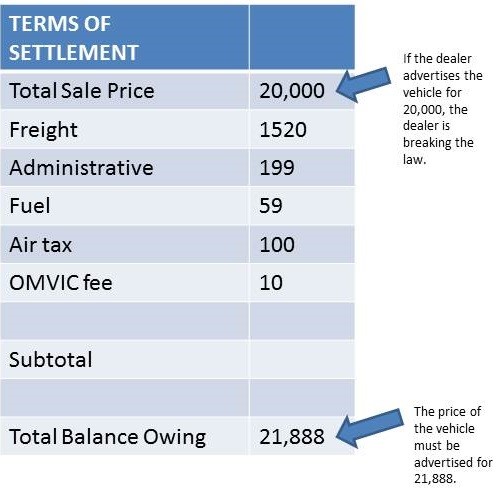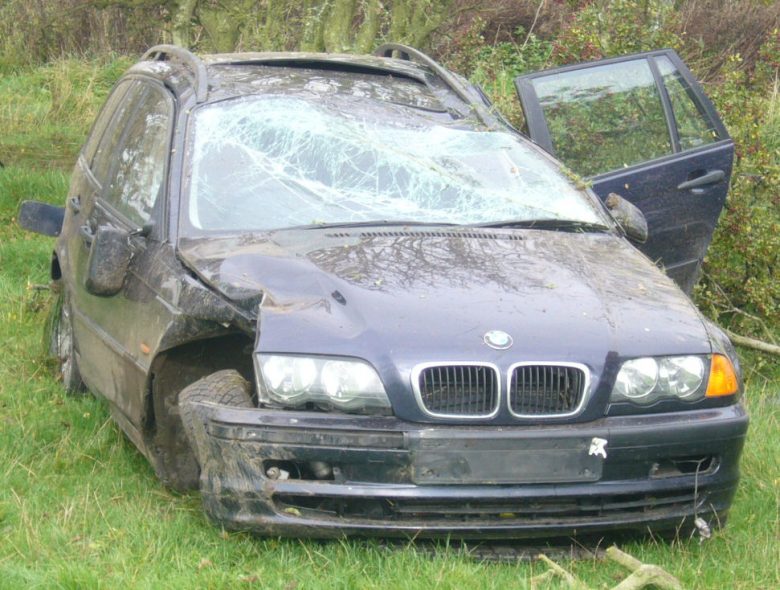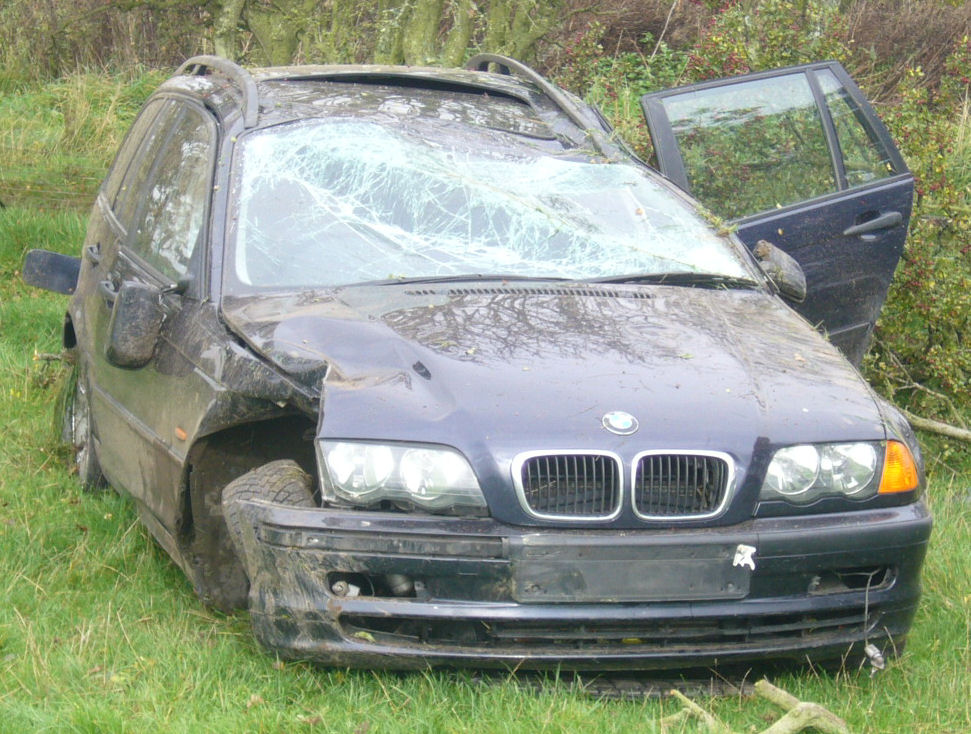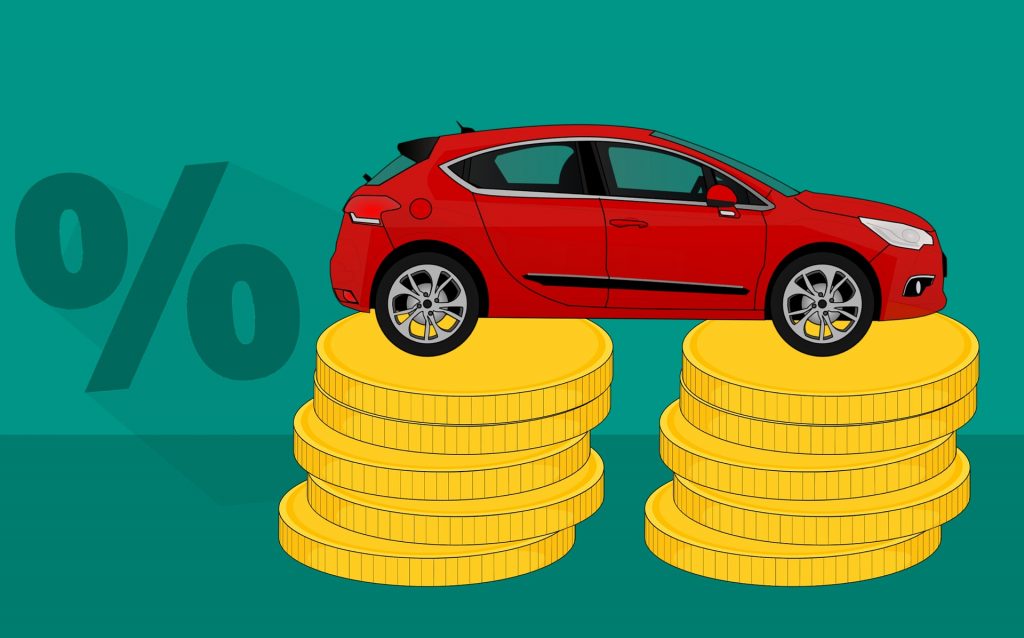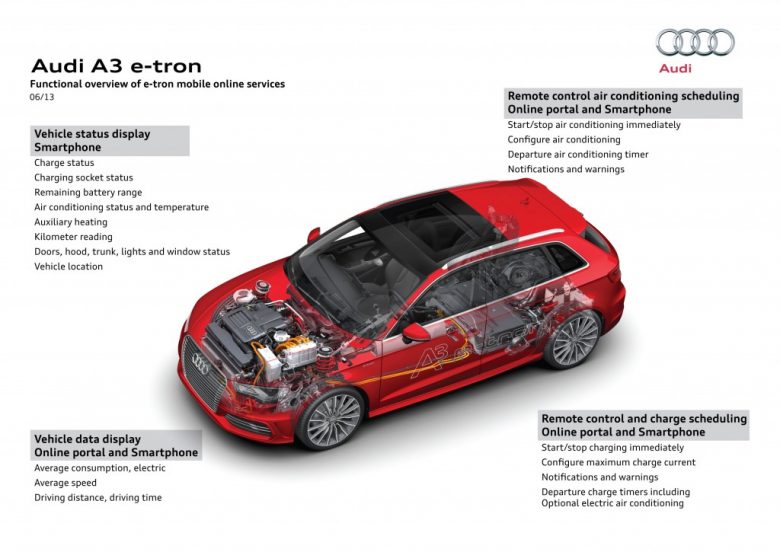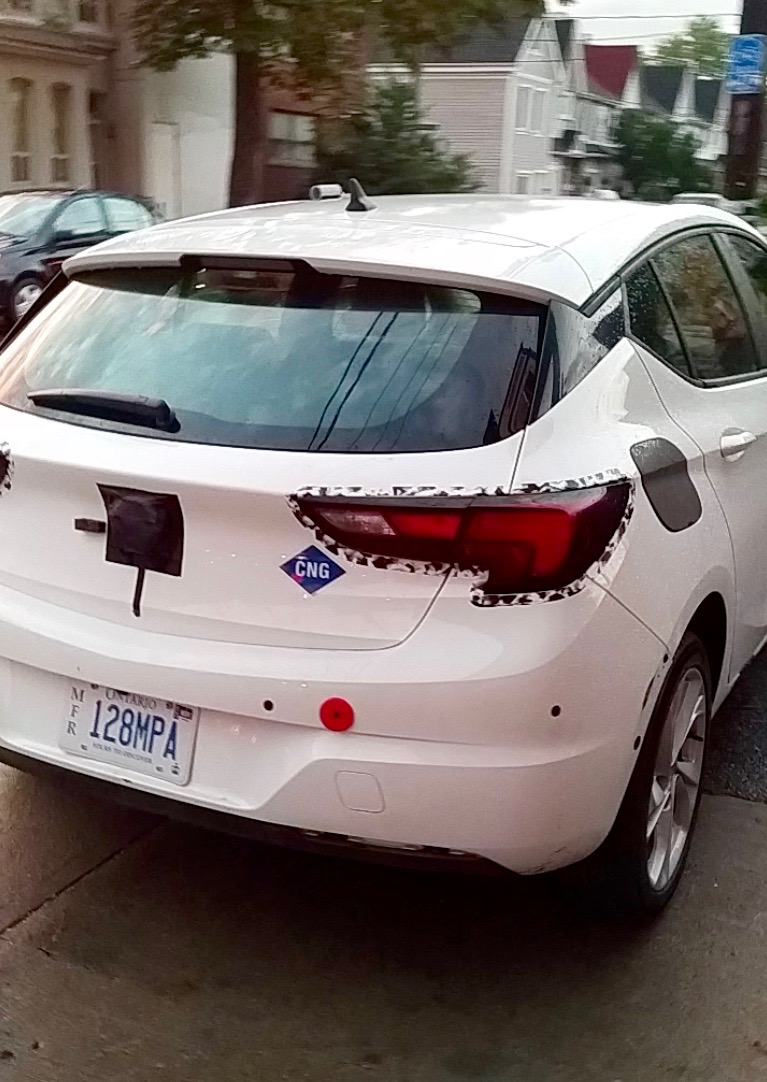What are Admin Fees and When are they Acceptable?

Whenever I negotiate a vehicle purchase from a dealership, I always tell them that we aren’t interested in any administrative fees, and any that are mandatory, are included in my offer. So what are these fees, and when are they acceptable?
A few years ago, Ontario became like a lot of other jurisdictions in that they began mandating advertised pricing of cars be inclusive of all fees except for tax. This theoretically should have killed off admin fees and yet several years on they are still with us.
Let’s take a step back and clarify what are not dealer admin fees. On a brand new vehicle, you will always pay freight and PDI. These are government-approved fees set by the manufacturer to cover the cost of delivering the vehicle to the dealership, and the prep work done by the dealer. They are standardized across the country, so if you are buying one of the many made-in-Ontario vehicles available today and you live within 100kms of the dealership, you are paying the same fees as someone who lives on the other side of the country.
On a new car, the only fees on top of the MSRP (manufacturer suggested retail price) are: freight, PDI, sales tax, registration, and a local motor industry council feel (in Ontario it is $10 for OMVIC.) Everything else needs to be included in the advertised price.
So what are admin fees and why are they still with us? Honestly on their simplest level they are a slush fund for dealerships. They are a way to get a certain sum of money on each vehicle purchase. Most dealerships being run by people trying to move forward with the times no longer charge them. Instead, modern dealers who still like to keep up with the times while throwing money into a slush fund like to include a particular “value package” on every car they sell. Generally the name of it is the dealership owner group followed by “value package”. It generally includes a combination of the following: locking wheel nuts, security etching/extra insurance see last week’s post, rim/tire coverage,and/or nitrogen in the tires. This usually costs somewhere between $250 and $600.
Again, the most ethical dealers will not make this mandatory, but some will have this package or administration fees listed in their all-in price. This is perfectly legal, and allows them to get money into their slush fund without performing a bait and switch. A side-effect of this however is when we look at the bill of sale, we will see fees with big numbers attached, causing panic and confusion, before realizing they have taken it out of the selling price.
I have had dealers agree to an all-in price before coming in to put down a payment only to see $400 in undisclosed fees thrown on top of the agreed-upon price. This leads to a short argument when I remind the staff that this is illegal in Ontario and they can either do the deal we agreed to, or, we will walk out and report them.
I always prefer the dealer who doesn’t charge any fees, and plays things straight. Naturally The Car Nerd is available for your entire purchase process, or just the negotiations. Reach out today!

